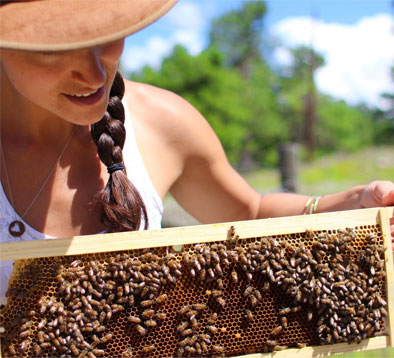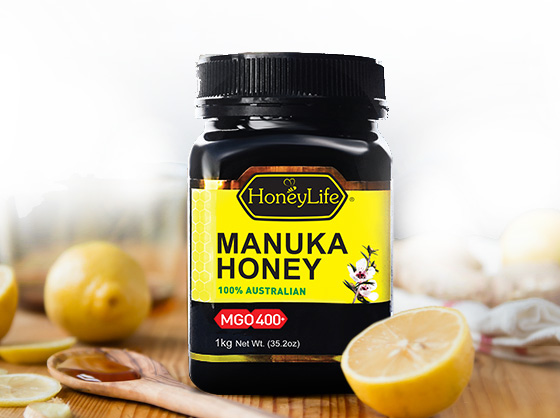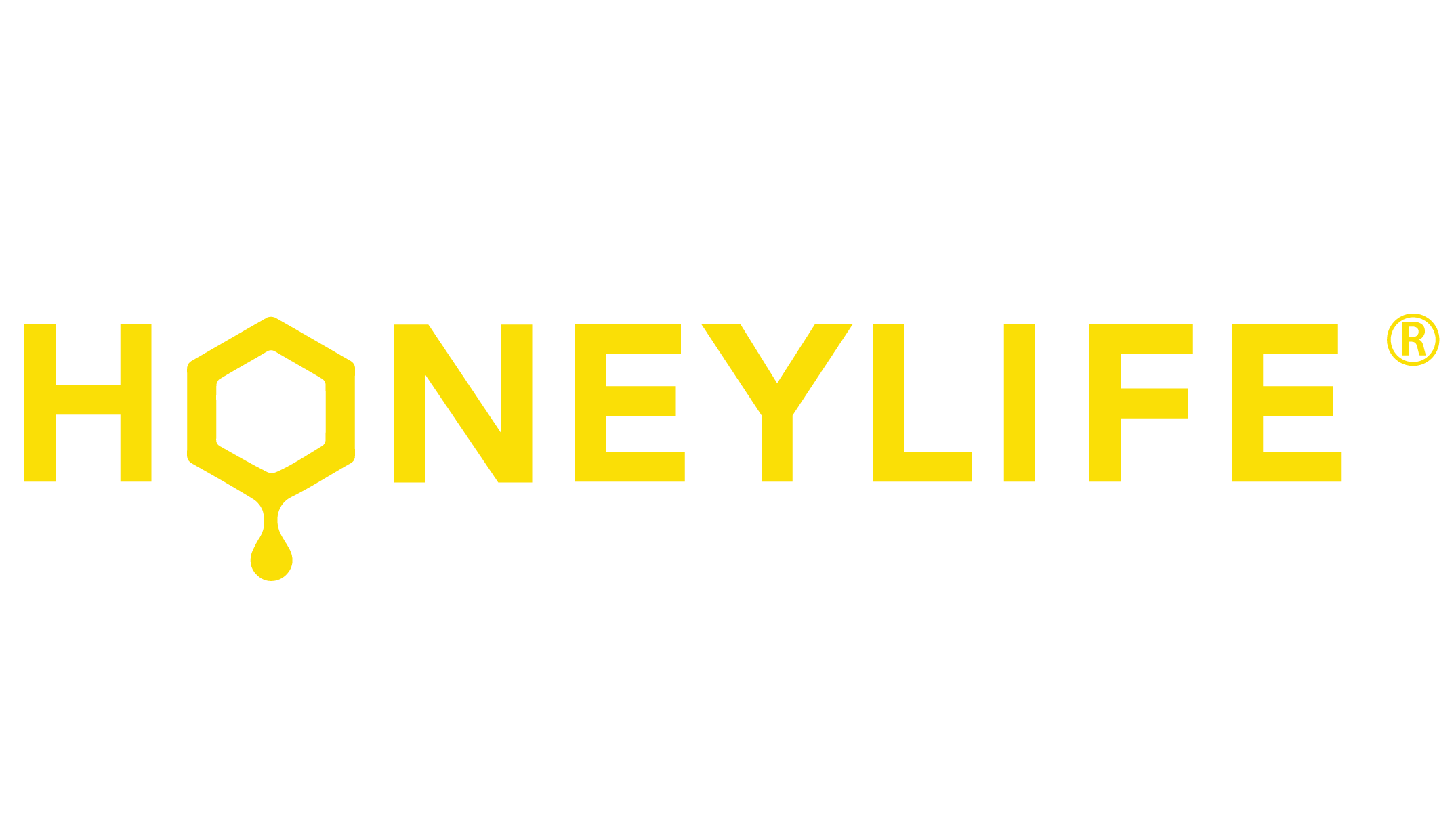








The benefits of medicinal honey have been known for over 4,000 years after the Egyptians started to apply honey on wounds. In today's world with growing concern over antibiotic resistant staph and bacteria, scientists are taking another look at honey and its extraordinary qualities, being specifically interested in Manuka Honey Benefits. It is common knowledge that all honey contains a natural occurring enzyme which produces hydrogen peroxide, a known antiseptic with proven antibacterial properties. However, hydrogen peroxide loses most of its healing power when in contact with body fluids or wound fluids. In addition all healing qualities of common honey are lost in contact with heat or direct light.
Manuka Honey is produced by bees that collect nectar from the Manuka Bush or Tea Tree (also known as Leptospermum Scoparium) indigenous only to Australia and New Zealand. Bees gather the nectar from the flowers of Manuka Tree. In the hive, they add an enzyme called glucose oxidase to the nectar in order to preserve the honey. When Manuka Honey comes into contact with body fluids, the glucose oxidase enzyme slowly releases the antibacterial hydrogen peroxide. The levels of hydrogen peroxide released are not high enough to damage tissue but sufficient enough to affect bacteria. Studies on the Manuka Honey benefits have shown that Manuka Honey, a special type of mono-floral honey contains an ingredient with powerful antibacterial, anti microbial, antiviral, antioxidant, antiseptic, anti-inflammatory and anti fungal properties. Australia is using the MGO rating system. The higher the MGO level, the higher the health benefits of Manuka Honey. Honeylife Manuka Honey are tested at independent laboratory to determine the level of MGO in each batch.
The MGO in Manuka honey refers to Methylglyoxal, which is a chemical compound that is found in Manuka honey. MGO provides the antibacterial effect that is so-often spoken about. The MGO grading system tests for the Methylglyoxal contained within the honey. You’ll find it with either an MGO or UMF numbered rating, the higher the rating, the more antibacterial the honey. MGO and UMF are two different grading systems. Not all Manuka honey is created equal and MGO levels can vary greatly. Every jar of Manuka Health MGO Manuka Honey is tested and certified for natural MGO content. The MGO number tells you how much MGO is in your jar of honey.

The results of the Dresden scientific studies show that the MGO Manuka Honey is a superior food and it can be regarded as a medical food. The high levels of Methylglyoxal found in MGO Manuka Honey are used in a wide range of applications from internal uses such as stomach ulcers and mouth diseases to external uses that treat skin conditions and wound infections. Here are some of the affections that MGO Manuka Honey has been known to have a great impact on:
Internal Uses
External Uses


All Rights Reserved by Honeylife